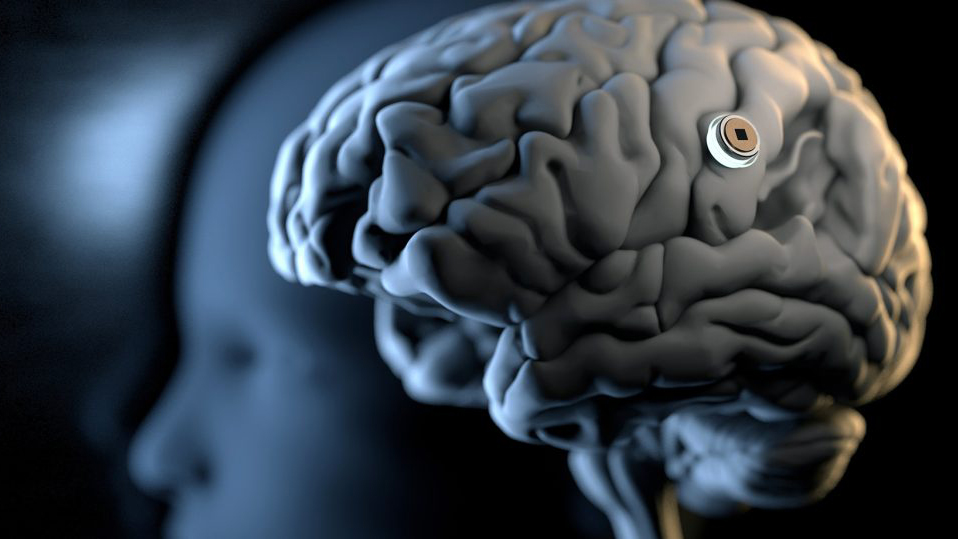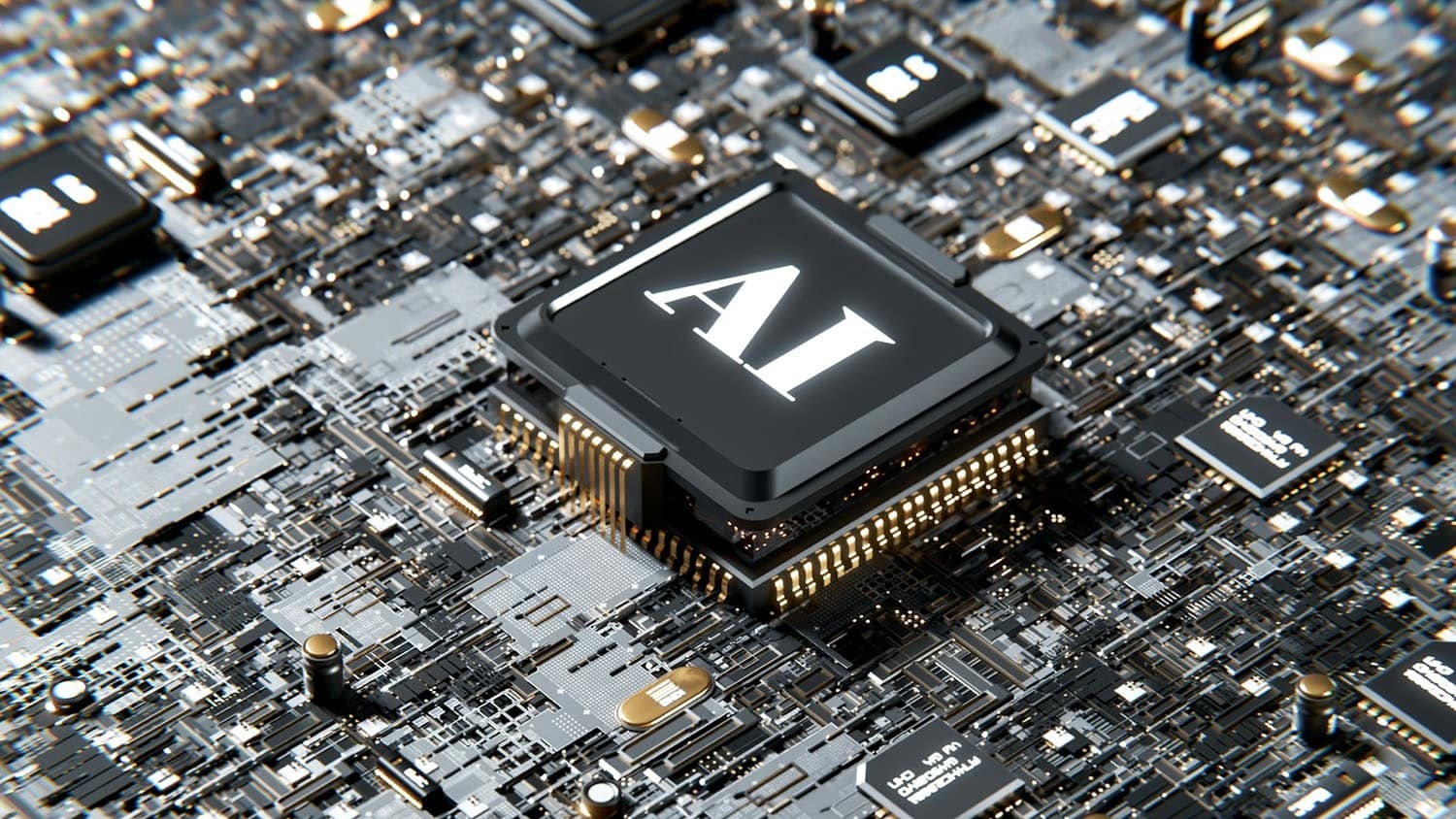ISE Communications
Department of Industrial and Systems Engineering
Recently Elon Musk and his company Neuralink announced that they could be ready for human trials of their wireless brain chip in as little as six months. The thought of machines run by artificial intelligence (AI) implanted in our heads is the stuff of dreams and nightmares. Most concerns about this technology come from our need to understand what it can and can not do. So we sat down with our brain-computer interface expert, Dr. CS Nam, to get to the bottom of this.
ISE: Elon Musk announced recently that his company, Neuralink, could begin human clinical trials within six months on a wireless brain chip. How would this device work?
NAM: There are two main methods to interface the human brain with computers, also known as Brain-Computer Interfaces (BCI). One approach is called non-invasive neural interface, where sensors are installed on or close to the head to measure brain signals. Another is invasive neural interface, where electrodes or sensors (like the wireless brain chip Neuralink developed) are implanted inside the skull to sense the electrical activities of the brain cells. According to Neuralink, their brain-chip interface embedded inside the brain could restore the vision of those who were born blind, as well as restore full body functionality like movement and verbal communication for people with severed spinal cords.
ISE: Musk talks of melding the brain with artificial intelligence. What could be some possible benefits of this technology? Are there concerns about this?
NAM: Traditional machine learning (ML) methods decode brain signals associated with specific human thoughts. These classic approaches require manually designed techniques when extracting brain features for classifying human thoughts. But these approaches present various problems, including a high variance in brain signals between different test subjects. Other AI techniques, such as deep neural networks, claim to overcome these challenges and enable automatic feature extraction and classification. Due to their improved competitive classification performance, reduced computational cost and enhanced usability, AI methods have become helpful in classifying brain activity associated with specific human awareness and movement.
One of the major bottlenecks for AI is data scarcity when there is a limited amount or a complete lack of training data. It is not easy to acquire neural data from subjects, particularly those with a disability, through experiments in the lab. AI methods have indeed shown better classification performance against traditional ML approaches. However, it is also true that AI has yet to reach a production level that customers can reliably use.
ISE: Are there ways for these companies to improve these issues?
NAM: One of the ways to overcome such challenges is to make these technologies more personalized or user-dependent, unlike traditional one-size-fits-all approaches. For example, the personalized BCI model approach is significantly advantageous compared to the typical techniques where the brain signal acquisition configuration and feature extraction methods are fixed and are used uniformly for all subjects.
ISE: If Neuralink and other companies like Synchron successfully develop these devices, what could that mean for the BCI industry and society?
NAM: BCI technology has made dramatic advances in recent years. However, as mentioned above, BCI still faces many challenges, and its performance still needs to be improved to be used in real life. The success of companies like Neuralink and Synchron would greatly benefit the BCI industry and society by enhancing our understanding of brain functions while allowing users with and without disabilities to communicate with the world and control external devices.
No one can deny that neural interface technology has made considerable progress and will benefit humanity. However, it is also important to note that currently, several issues which should be investigated by researchers significantly impede BCI performance. Thus, given the challenges and opportunities of BCI technology, we can be more enthusiastic but also pessimistic about this emerging neural interface technology.
This post was originally published in the Department of Industrial and Systems Engineering.
- Categories:



